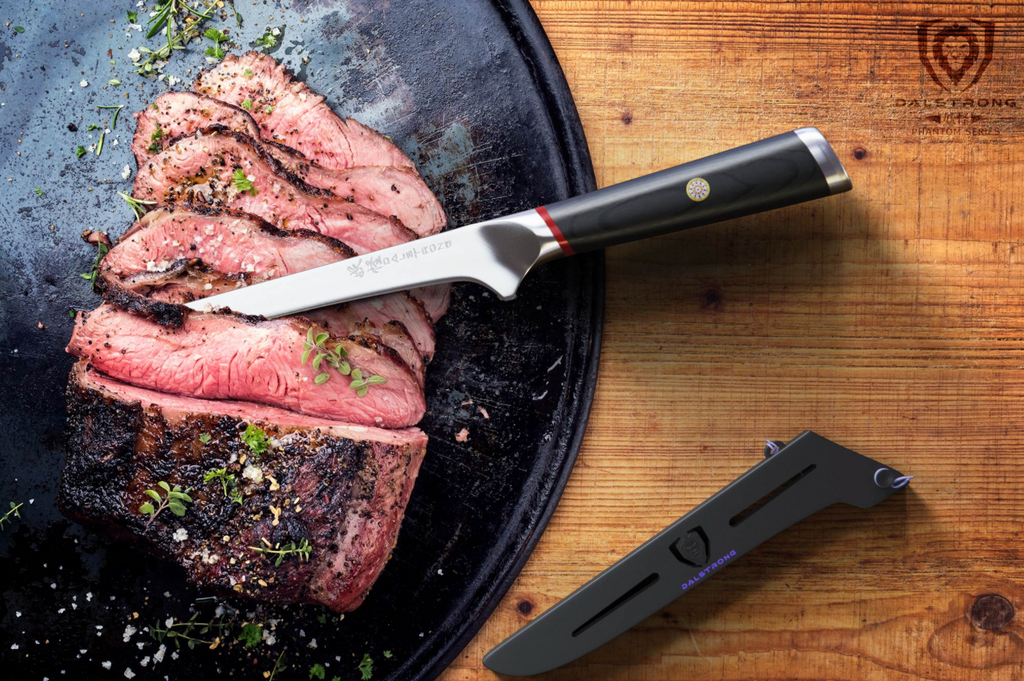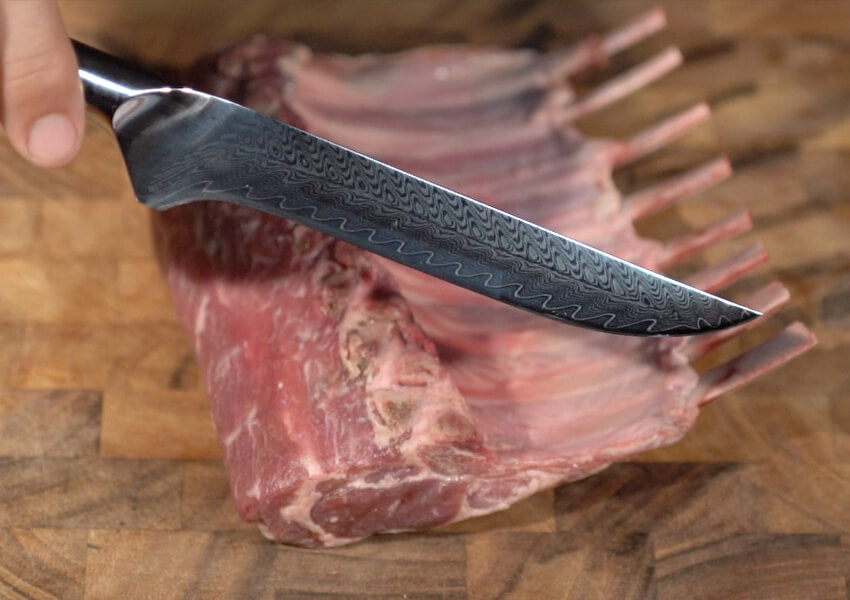Mastering the art of deboning fish is a fundamental skill for any kitchen professional. Whether you’re a seasoned chef or a culinary enthusiast, knowing how to bone a fish with a boning knife can elevate your cooking game. In this comprehensive guide, we’ll explore the step-by-step process, essential tools, and tips to help you perfect this technique.

Understanding the Importance of Boning a Fish
Boning a fish is not just about removing bones; it’s about enhancing the flavor and presentation of your dishes. A perfectly boned fish offers a seamless dining experience, allowing the flavors to shine through without the interruption of bones.
The Role of a Boning Knife
A boning knife is a specialized tool designed for precision. Its narrow, flexible blade allows you to navigate the contours of the fish, making it easier to separate flesh from bone. For more on choosing the right boning knife, visit [Dalstrong](https://dalstrong.com/blogs/edgeucation/what-makes-a-good-boning-knife) here.
Essential Tools and Preparation
Before you begin, ensure you have the right tools at hand. A sharp boning knife, a clean cutting board, and a pair of fish tweezers are essential. Additionally, a clean workspace and proper lighting can make the process more efficient.
Choosing the Right Fish
Not all fish are created equal. Some species, like salmon and trout, are easier to bone due to their larger, more distinct bones. Starting with these types can help build your confidence before tackling more challenging varieties.
Step-by-Step Guide to Boning a Fish
Step 1: Prepare the Fish
Start by cleaning the fish thoroughly. Rinse it under cold water to remove any debris or scales. Pat it dry with a paper towel.
Step 2: Make the Initial Incision
Place the fish on the cutting board. Using the boning knife, make an incision behind the gills, cutting down towards the backbone. This initial cut will help you access the rib bones.
Step 3: Follow the Backbone
With the tip of the knife, carefully follow the contour of the backbone. Use short, gentle strokes to separate the flesh from the bone, keeping the blade as close to the bone as possible.
Step 4: Remove the Rib Bones
Once the fillet is free from the backbone, use fish tweezers to remove any remaining rib bones. Run your fingers along the flesh to ensure all bones are removed.
Step 5: Trim and Clean
Inspect the fillet for any remaining bones or skin. Trim any excess fat or skin to ensure a clean, presentable fillet.
Tips for Perfecting Your Technique
Maintaining a Sharp Knife
A sharp knife is crucial for precision and safety. Regularly hone your boning knife to maintain its edge, ensuring clean cuts every time.
Practice Makes Perfect
Like any skill, practice is key. Start with easier fish and gradually work your way to more challenging species. Over time, your confidence and skill will grow.
Additional Resources
For more tips and insights on using a boning knife, check out this [Seido Knives](https://seidoknives.com/blogs/news/what-is-a-boning-knife) article. Additionally, explore this [Knives Genius](https://knivesgenius.com/professional-boning-knife-tips/) resource for professional tips.
Common Mistakes and How to Avoid Them
Rushing the Process
Patience is key. Rushing can lead to mistakes and uneven cuts. Take your time to ensure precision and accuracy.
Improper Knife Handling
Always hold the knife with a firm grip, using your dominant hand. This control is essential for making precise cuts.
Conclusion
Knowing how to bone a fish with a boning knife is an invaluable skill for any kitchen professional. With practice and the right tools, you can master this technique, enhancing your culinary creations. Remember, practice makes perfect, so continue honing your skills and experimenting with different fish varieties.

FAQ Section
What is the best fish to start with?
Salmon and trout are ideal for beginners due to their larger bones and ease of handling.
How often should I sharpen my boning knife?
Regular honing is recommended, but a full sharpening should be done every few months or as needed based on usage.
Can I use a regular knife instead of a boning knife?
While possible, a boning knife is specifically designed for this task, offering better precision and control.
This article contains affiliate links. We may earn a commission at no extra cost to you.


